Magic items are the heart and soul of Dungeons & Dragons 5E, the reason so many people become adventurers in the first place. Attunement is a limiter placed on magical items, but that comes with a handful of rules that must be known before you create your dragon hoard.
If this is your first time encountering attunement, or if Baldur’s Gate 3 convinced you that the mechanic didn’t actually exist, you’re far from alone. Let’s work together to explain what this old-fashioned mechanic is, how to use it well, and how malleable it is.
What is attunement in DnD 5E?

Attunement is a mechanic that allows the character to activate magical items in DnD 5E. By taking a short rest with a magical item, the character can use all the effects of a given magical item. After attuning, the character does not become unattuned unless they willingly do so, are away from the item for a day, die, or if someone else attunes to it.
Attunement is essentially the character learning exactly how to use a magical item through magical means. By spending a short rest with a magical item, the character learns how to use the item fully. This includes magical command words, any components used to cast spells from the item, or what aspects of an item can be changed and altered. This is all intuitive, so even a Druid equipping a Luck Blade can use it to cast Wish, even though Wish is not on their spell list.
If you do not attune to a magical item that otherwise requires attunement, the magical item simply behaves like a non-magical item. A Sun Blade, for example, would just be a regular longsword while unattuned. No lightsaber shenanigans, Finesse, or bright light. Some items will have limited magical benefits while unattuned—the legendary sword Hazirawn, for example, grants small bonuses while unattuned to it and massive bonuses when attuned.
Attunement gives many characters access to magic that would otherwise be impossible. For example, a Barbarian can attune to a Ring of Shooting Stars to cast Faerie Fire. If they do so, their DC is 10 plus their Proficiency modifier, as if they cast the spell while having the minimum possible ability score to do so. Not exactly impressive spellcasting, but it’s nice to have the option.
Attunement does not grant additional proficiencies by default unless it is listed on the weapon itself. A Wizard can theoretically attune to a Vorpal Longsword, but that does not mean they gain proficiency with the weapon, even if they have an innate understanding of how to use it.
Some items require attunement through very specific qualifications, usually listed after the “requires attunement” section of the item itself. For example, a +3 Dragonhide Belt requires attunement by a Monk, so a character requires class levels in Monk to attune.
There are a few exceptions to these restrictions, the most notable being the Thief subclass.
Some items force attunement or prevent the ability to end attunement. These items are almost always cursed and have a negative effect, on top of taking up your item slot. For example, the Longsword of Vengeance prevents you from ending attunement, forces you to keep it on your person, and causes you to actively attack any target that damages you during combat.
How long does attunement take?
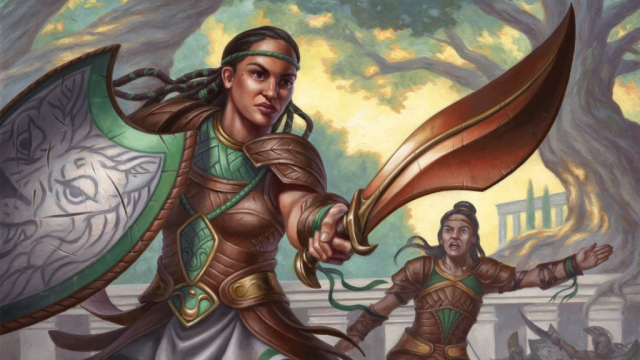
Attunement takes a minimum of one hour of concentration solely on a single magical item that cannot be broken. If the hour is interrupted, then attunement restarts. The hour must be spent on a short rest, during which your party can do whatever they want.
The important part of attunement is that you take a short rest that is uninterrupted. If you are ambushed, for example, then you must restart the attunement process. To get the innate understanding, you need to focus for the entire duration of a short rest. No breaks.
You cannot attune to multiple magical items during the same short rest. The rest must be concentrated entirely on the single item. You also must take one whole short rest to focus on an item and become unattuned to it.
That being said, you can still concentrate on a long-duration spell. No need to drop Hex or Hunter’s Mark so you can get a stronger bow.
You can still heal hit dice during the short rest. But, some DMs might not let you perform actions normally available to those taking one, such as the Chef feat or Song of Rest from a Bard.
How many items can you attune to?
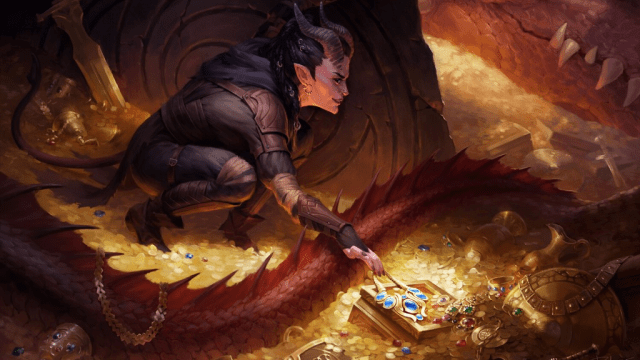
Normally, a creature can attune to a maximum of three magical items. This rule does not apply to high-level Artificers, who can attune to up to six items at a time—seven for the Armorer subclass.
This is a universal rule that applies to all non-Artificers. Even legendary creatures like Liches or Dragons can’t attune to more magical items without DM fiats. Magic items that require attunement are usually balanced around the player only getting access to three slots. Giving more causes some headaches down the road where the character has a deluge of different options.
The Artificer is the noticeable exception to this rule, gaining the ability to attune to four items at level 10, five at level 14, and six by level 18. The Armorer subclass gives one additional attunement slot that must be spent on a part of their personal armor.
If you’re not an Artificer and want more slots, then you’re out of luck. You can always ask your DM if an exception can be made, but the rules as written aren’t going to help that battle.
Do all magic items require attunement?
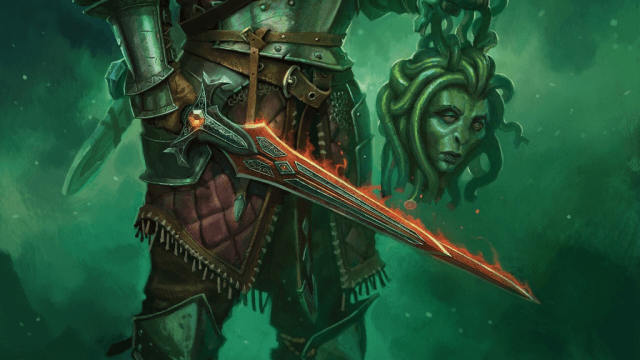
Thankfully, not all magic items require attunement. Notable, less powerful magical weapons and shields will not take attunement slots, letting you grab wondrous items instead. Any magical item that does not list attunement under its name is free to use immediately, without needing any attunement.
In official DnD 5E, there are upwards of 1,200 items that do not need any attunement at all to work.
Some popular options in this category are the “Plus” armor, shields, and weapons. These gear pieces are simply labeled “+X Item Name” and grant a bonus to attack rolls or AC equal to their enchantment bonus. These items are very common and work immediately, allowing you to leap right into battle after looting and get the bonuses to attack and damage.
However, not all of them are as simple. There are plenty of magical items that you don’t have to attune to and provide interesting benefits. For example, a Bag of Holding can continuously hold goods from any member of the party—no strings attached.
In general, however, if the item you found does not need to be attuned to, it’s probably nothing special. Fun equipment like the Shield of Shouting or the Bag of Tricks fall into this category. Oftentimes, these items are useful, but not overly impactful during combat situations.
Can you force a creature to become unattuned to an object?
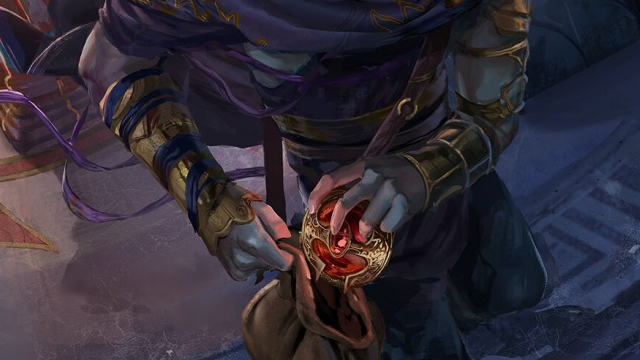
You can theoretically force a creature to become unattuned to something. The best way to do so is to attune to the item yourself after stealing it. However, you can also force an end to attunement by forcing them to no longer satisfy the prerequisites of attunement, kill them, or keep the item away for a longer duration.
If you can steal a magical item from a creature and attune to it over a short rest without being interrupted, you automatically break the previous owner’s attunement. This is a very difficult thing to do but can be a hilarious solution to several problems. For example, attuning to someone else’s Amulet of Health can catapult their health downwards while boosting your own.
Making a creature no longer satisfy the prereqs of attunement can be difficult or simple, depending on DM interpretation. Polymorph, for example, turns a creature into an animal without class levels, spellcasting, or their previous race. So, if you are wielding a weapon that only an Elf can attune to, Polymorph could count as no longer being that race. Be sure to talk with your DM and make sure that interpretation works with your group. Many DMs will disagree on how to handle Polymorph and items with attunement prerequisites.
Keeping an item 100 feet away for a day is actually fairly easy to do with teleportation magic or something like Plane Shift. 24 hours is a long time, but some teleports bring items multiple dimensions away from their previous owners. Most of the time, that’ll break attunement.


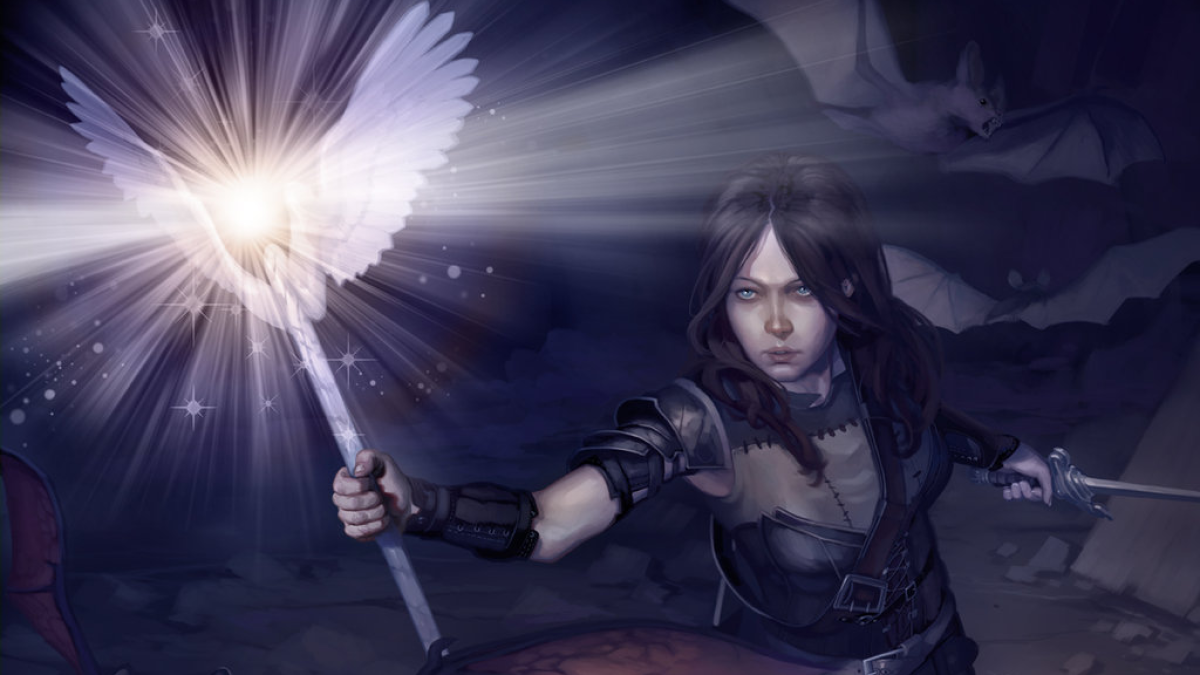



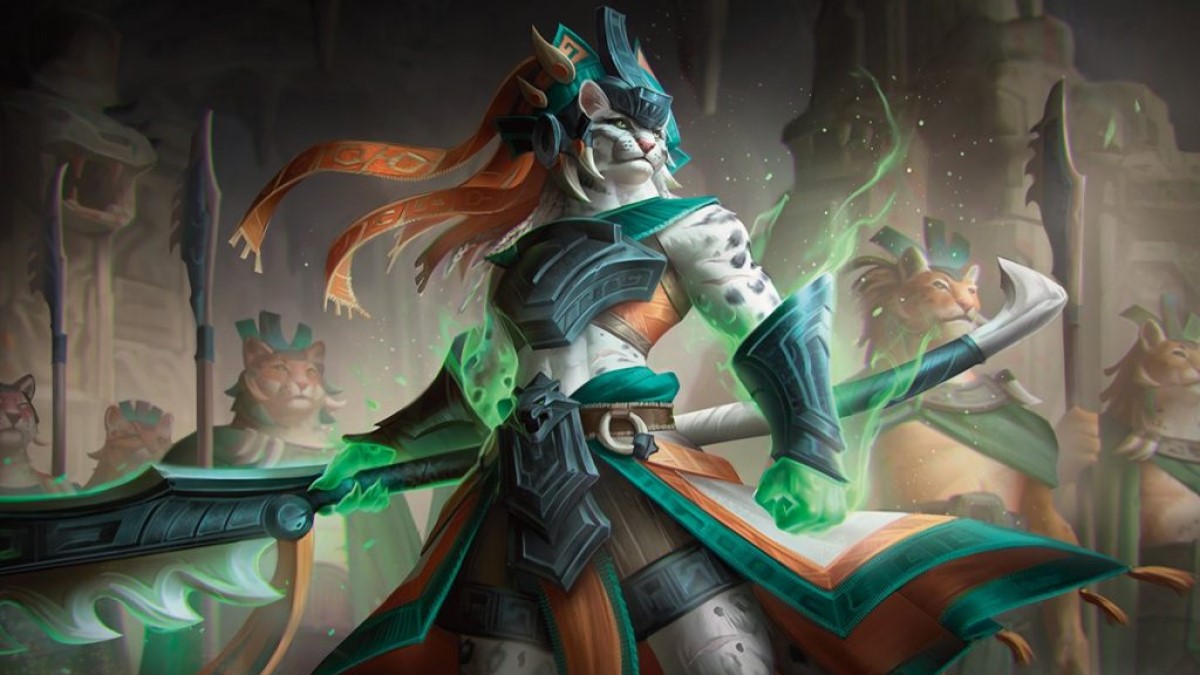





Published: Oct 27, 2023 08:16 am